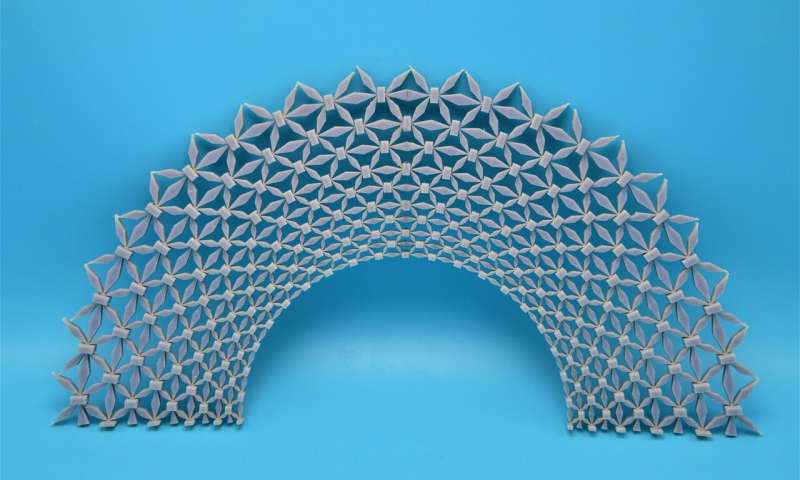How do you capture a molecule?
It may sound like a rhetorical question, but the answer is simple: You use a very tiny cage, like the molecular traps pictured here.
These three-dimensional shapes, called truncated octahedrons, self-assembled out of molecular “tiles” created by researchers at New York University. The geometric regularity of the cages, and the fact that they self-assemble using hydrogen bonds, could help researchers create more such materials in the future.
In order to attain a high enough resolution to reveal the shape of the molecular traps, researchers had to zoom in at the atomic level, using a scanning tunneling microscope. This detailed scan reveals that each trap consists of only 20 ions hydrogen-bonded into a lattice, and has a volume of 2,200 cubic angstroms. Their tiny size means that 20 billion billion traps would fit into the same space taken by average-size raindrop.










